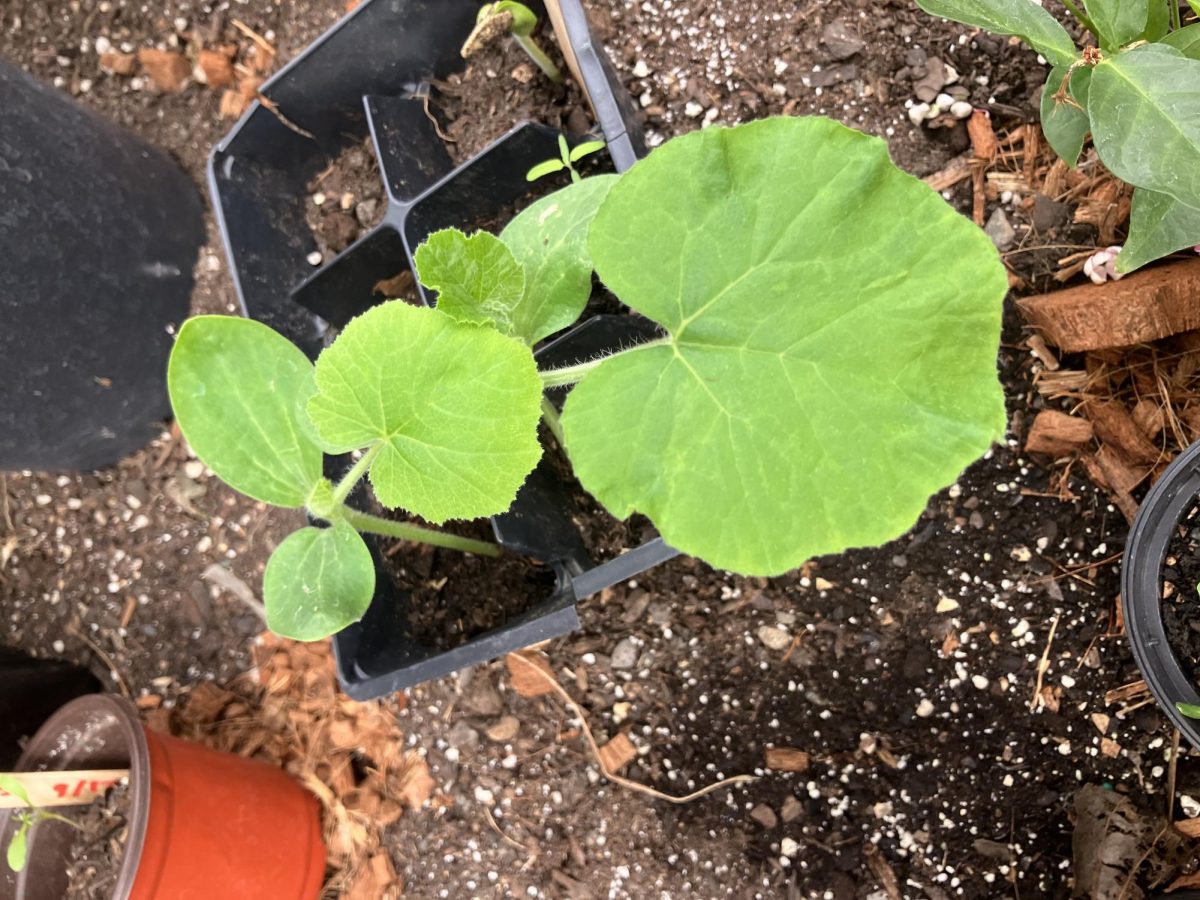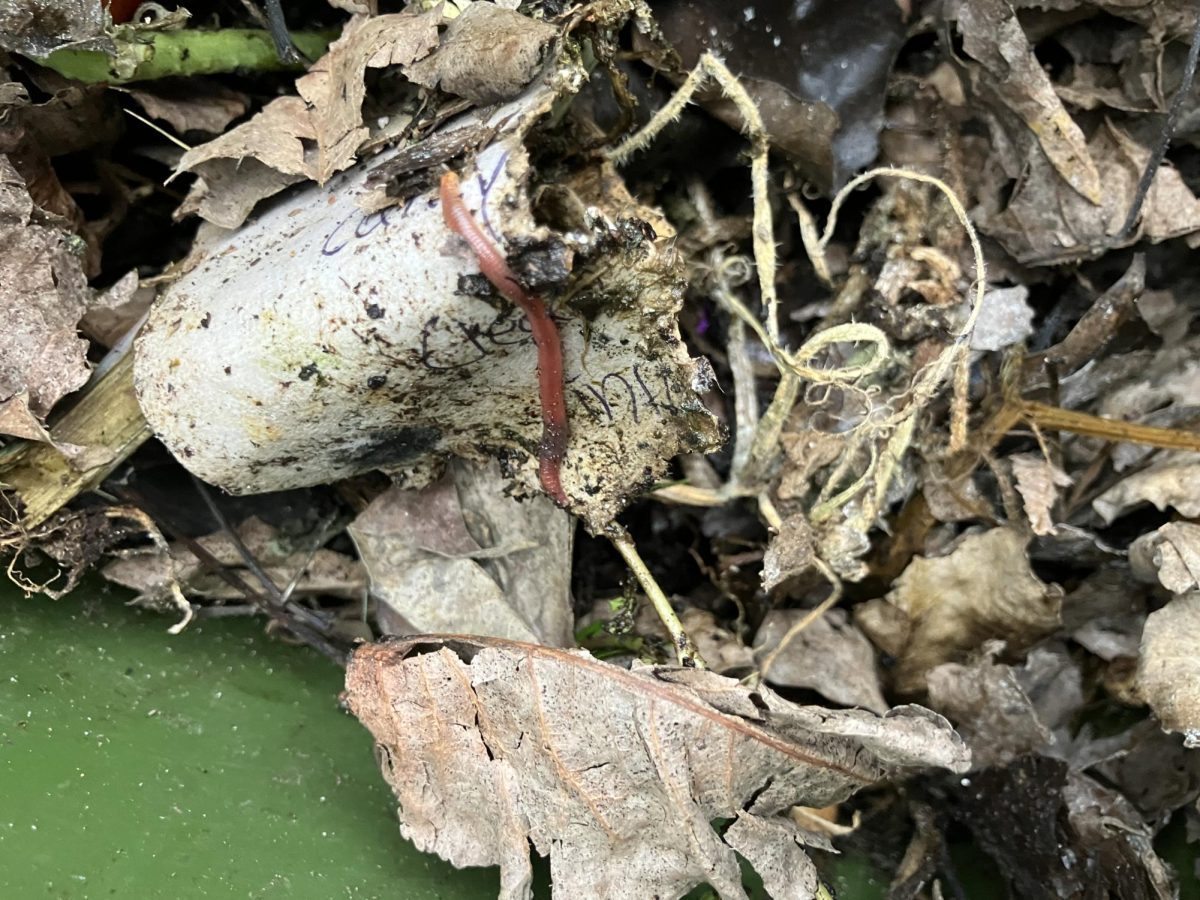While late fall in Vermont is lovely, watching the once-vibrant maples, oaks and birches shed their finery is undeniably disheartening. It is as if the trees themselves have fallen victim to a bout of seasonal depression. Like most college students during finals week, deciduous trees throw up their metaphorical hands and scatter the fruits of their labor everywhere.
Unlike academics, there is a relatively simple reason for why deciduous trees shed their leaves when it gets cold. Simply put, they go dormant: they enter a period where they are alive, yet not actively growing. When they go dormant, they shed all their leaves to preserve their precious resources of water and energy.
Personally, I’d love to go into a monthslong coma in order to avoid my responsibilities, but I haven’t quite figured out how to transform myself into a deciduous tree yet. And neither have evergreens: as their name suggests, they stay green even in brutal winters. This is because their leaves allow them to retain water, and they can continue photosynthesizing for as long as they have that water.
Ironically, evergreens often do better in the winter than the summer. Astonishingly, they have adapted to both survive and thrive in conditions that would probably kill most non-deciduous plants. (I say “plants” here because evergreens are not just limited to trees).
Although most of us largely associate evergreens with Christmas trees, pine trees are not the only type of evergreen. In fact, thousands of distinct species of trees are considered evergreens; and that is just the trees. Despite their delicate looks, ferns are also evergreens. Like evergreen trees, ferns are adaptable enough to survive on every continent except Antarctica.
Furthermore, flowering plants like mountain laurel (Kalmia latifolia) and rhododendron (Rhododendron Spp) also belong to the evergreen family. This means that they will stay green all winter and sets them apart from the plants that do not. Unlike most deciduous flowering plants, they do not go dormant, and that is what makes them exceptional.
And their remarkable survival also provides a winter oasis for wildlife. Many animals take advantage of trees that retain their leaves all year round, both for food and shelter. Not all birds migrate when winter arrives; when the snow starts falling, they need a place to hide.
Luckily for them, evergreens provide both shelter from the cold and a food source. But birds are not the only animals that rely on evergreens: during the winter, deer often huddle under the trees for both refuge and food. Occasionally, bears will nibble on their bark, and small rodents are especially drawn to the pinecones that evergreen trees produce.
Evergreens are not as flashy as their deciduous siblings, but they still provide essential services to wildlife and humans alike. Don’t we owe them more than a little gratitude? Well, one could demonstrate it with this.

















